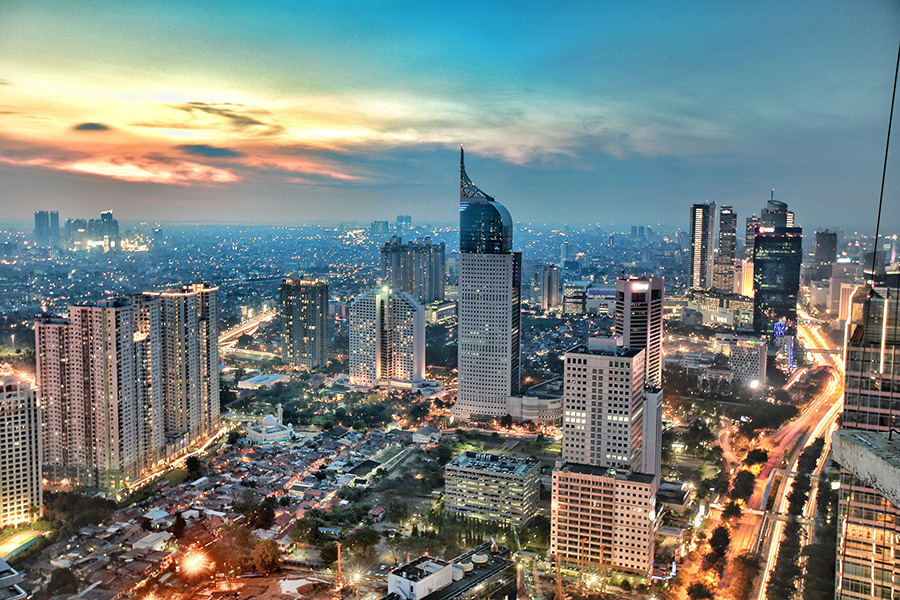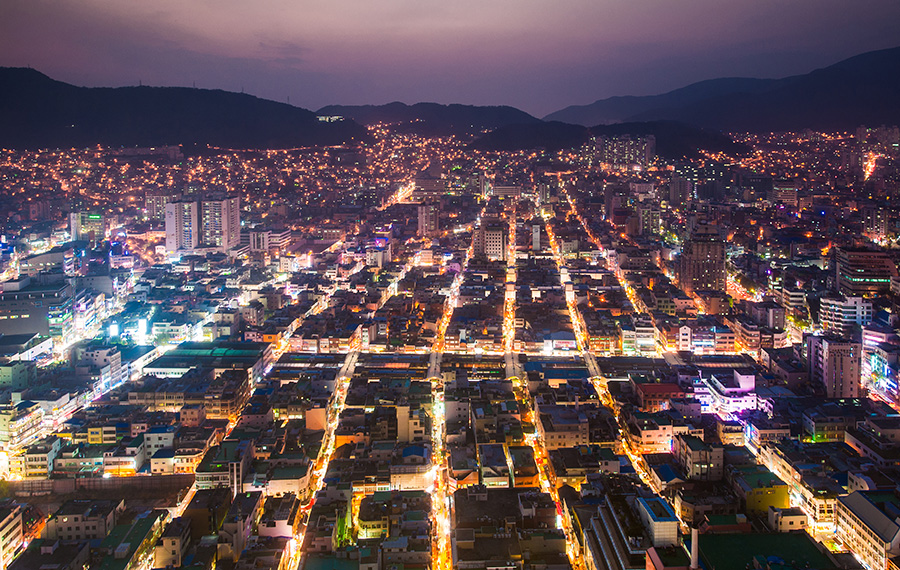Projected to spend more than US$1 billion on smart city planning this year alone, Singapore is serious about establishing itself as a smart city, according to research by IDC. And it is hardly alone in its endeavour, joining a long list of cities such as New York City, Tokyo, and London.
The direct benefits of a smart city such as safety, transportation, and efficiency are undisputed and widely recognised, though there are also a host of indirect benefits such as the ability to attract talents and foreign direct investment. What are the key considerations that can help pave the way to smart cities?

Smart Buildings in the City
It makes sense that smart buildings are a fundamental component of smart cities, from office buildings to hospitals or schools. Indeed, my Schneider Electric colleague Ram Venkat points out that 30% of global greenhouse gas emissions and 70% of energy consumption are attributed to buildings.
Within these smart buildings, the proliferation of the Internet of the Things (IoT) will likely play a pivotal role in the rise of technologies designed for a cleaner and greener environment through increased efficiency and a network of advanced sensors.
If done right, smart buildings can deliver a slew of benefits while still maintaining a carbon neutral footprint. Schneider Electric’s East Asia and Japan regional headquarters at Kallang Avenue will complete its transformation into a carbon-neutral building by mid-2020 with the aid of 3,000 IoT points and is now running on solar power during daytime.
This means that building managers will have more on their plates than ever. Aside from ensuring that traditional plumbing, electrical and ventilation systems are working properly, they must manage a new generation of digital technologies and systems designed to offer greater well-being and convenience to occupiers. In this context, ensuring that building managers are equipped for success must be a priority.

A City-wide Strategy
A smart city is essentially a microcosm of disparate buildings and technology operating in harmony. However, the goal isn’t to build the smartest building as part of a race to be the best, but to establish smarter buildings as part of a collaborative effort to foster the growth of a city-wide smart ecosystem.
As systems are increasingly digitalised and integrated into the smart city, concerns around cybersecurity and data protection will inevitably arise. While the concerns are legitimate given the rise in cyberattacks globally, this should not stop the incorporation of smart technologies in their entirety – as long as they are properly implemented as part of a cohesive strategy.
The onus is hence on stakeholders and policymakers to establish strong, well-through-out policies for the smart city. To ensure the smooth execution of ideas, experts with multi-system knowledge must be included, ensuring that individual systems and their cooperation with other systems are not overlooked.
Schneider Electric’s smart building systems are able to deliver the latest in building automation and management system innovation that make buildings more energy efficient, sustainable, and occupant friendly.
Don’t Forget the Grid
Finally, the role of the electrical grid cannot be ignored. While Singapore has a surplus of energy production capacity and a robust electric grid, future developments such as electric cars can strain the grid in unexpected places.
A good example of a well implemented grid system would be Semakau Island. It might be known for being Singapore’s only landfill site, but it is also producing 100 per cent energy.
More than 9,500 sq m of solar panels located there, coupled with a wind turbine, can power up to 350 four-room Housing Board units for a year, with a total output of 1.5 megawatt at peak capacity.
Indeed, the grid’s ability to respond actively to surges in energy demand and supply will be a key enabler to realising its smart city vision. For a start, condition-based monitoring systems can be implemented for a self-healing grid. Elsewhere, the availability of a smart grid can let consumers take a more proactive approach to their electrical consumption.
The journey towards a smart city will take time to realise. But with the right approach, it doesn’t have to be painful. Learn more about how Schneider Electric contributes to smarter cities here.








